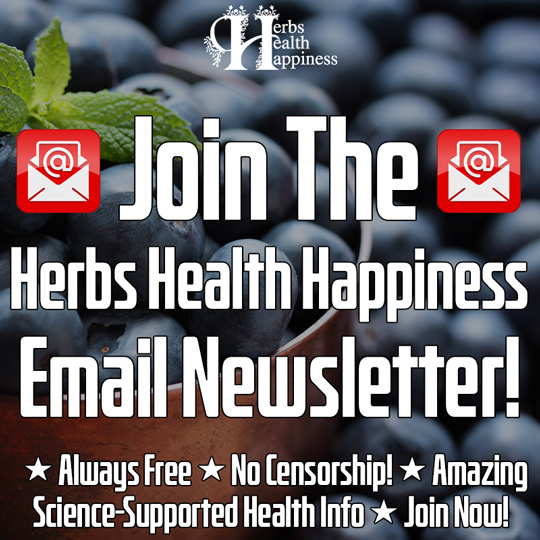34 Anticancer Foods
Top 34 Anti-Cancer Foods image to repin / shareGraphic © herbshealthhappiness.com. Photo © 5ph – Fotolia.com (under license) Introduction (Note – this list originally appeared as part of the Anticancer Herbs page on this site – but due to the …


